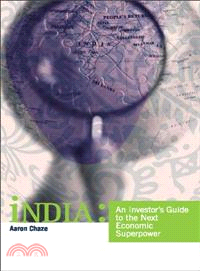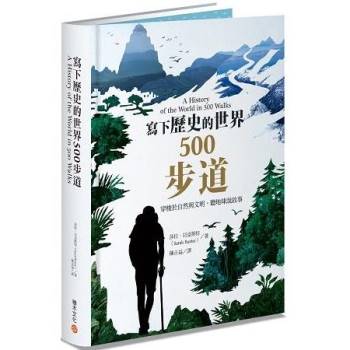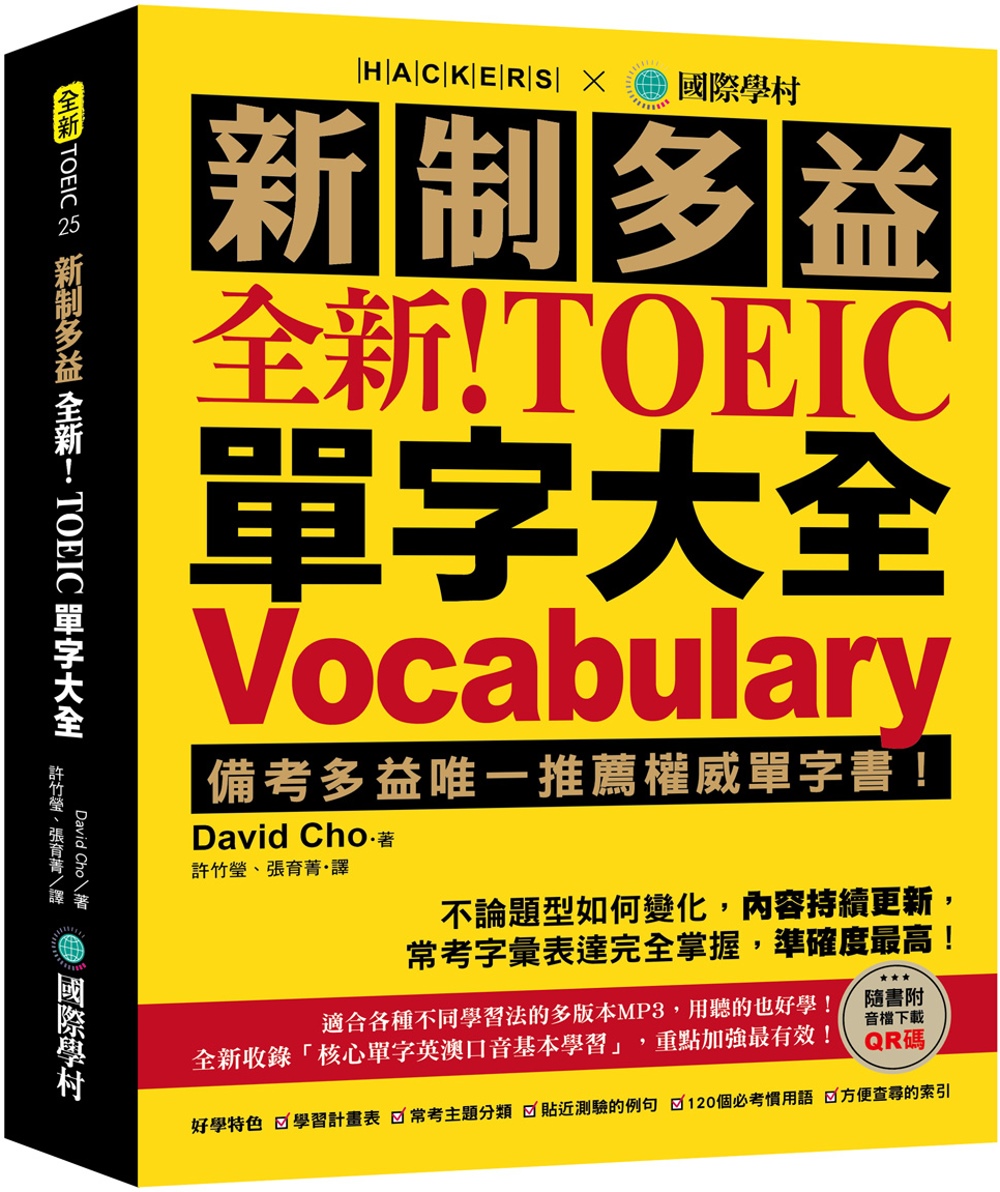| FindBook |
有 1 項符合
INDIA的圖書 |
 |
INDIA 作者:Aaron Chaze 出版社:JOHN WILEY & SONS,LTD 出版日期:2006-05-30 規格: / 精裝 / 340頁 |
| 圖書館借閱 |
| 國家圖書館 | 全國圖書書目資訊網 | 國立公共資訊圖書館 | 電子書服務平台 | MetaCat 跨館整合查詢 |
| 臺北市立圖書館 | 新北市立圖書館 | 基隆市公共圖書館 | 桃園市立圖書館 | 新竹縣公共圖書館 |
| 苗栗縣立圖書館 | 臺中市立圖書館 | 彰化縣公共圖書館 | 南投縣文化局 | 雲林縣公共圖書館 |
| 嘉義縣圖書館 | 臺南市立圖書館 | 高雄市立圖書館 | 屏東縣公共圖書館 | 宜蘭縣公共圖書館 |
| 花蓮縣文化局 | 臺東縣文化處 |
|
|
- 圖書簡介
Take a look at future investment opportunities in an emerging economic power.
Get up to speed on investing in what could well be the greatest opportunity of the 21st century. For those looking for a new place to invest, India describes opportunities and charts a course through them. Offering coverage far deeper than superficial newspaper stories, this comprehensive guide reveals where India stands financially, where it s going, and how investors everywhere can go with it. No other book looks at India from both an investment standpoint and a Western economic perspective. Order your copy today. - 作者簡介
Aaron Chaze is President of Midas Touch Global Markets, a Toronto based investment research and analytics firm, that provides customized, investment research to hedge funds, investment banks and asset managers in the US and Canada. He is also the founding managing editor of The Midas Touch a monthly e-magazine covering lucrative investment opportunities globally but with a special emphasis on the opportunity in India. He has spent the last 15 years analyzing and commenting on Indian equities; first as a financial journalist and then as an equity analyst. He was a vice president with two blue chip Indian firms, Kotak Securities and CRISIL. He lives and works in Toronto, Canada with his wife and two children.
- 目次
Acnowledgements.
Introduction.
Section I: The Investment Canvas.
Chapter 1: What is driving the surge of opportunity in India and the opportunity for investors.
Chapter 2: The Intellectual Structure and Framework of the Indian Economy: A historical and contemporary perspective.
Chapter 3: Change Catalysts: Corporate Governance, cost of capital and the emergence of value.
Chapter 4: The Landscape of political reform and diminishing risk.
Section II: A Guide to Wealth Creation in India.
Introduction: Investing in India: A brief Introduction.
Chapter 5: Privatization: A Capital Question.
Chapter 6: The Old World: Commodities and the making of Indian blue chips.
Chapter 7: The New World: Fruits of Liberalization.
Chapter 8: The Future World: Opportunity Unbound.
Section III: Oppportunities and threats.
Chapter 9: India and its approach to energy security.
Chapter 10: India Vs China: Creating a sustainable advantage.
Chapter 11: A compass for the future.
Bibliography.
Appendix.
Index.
|









